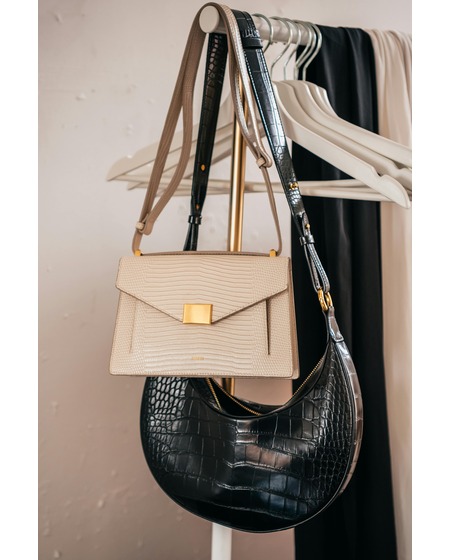
How to sell digital art: Tips for success

These expert tips will help you stand out, grow your income, and build a lasting presence in the world of online art sales. Let’s break it down.
1. Focus on what sells
Before designing, check out online galleries and marketplaces where people are actively buying – like Etsy or TikTok Shop. Analyze best-selling categories like digital download packs, physical art prints, or aesthetic templates.
Understanding what sells helps you create targeted, in-demand art instead of aiming in the dark.
Try this:
-
Explore bestsellers on Creative Market, Envato Elements, or Etsy.
-
Use Everbee (Chrome extension) to analyze Etsy listings.
-
Look at Pinterest trends for niche inspiration.
-
Check design trend reports from sites like Behance, Dribbble, or DesignCuts to see what’s gaining traction across digital art forms.
2. Use the right tools
If you want to sell digital art online, you need professional tools that speed up your workflow. This will make your files easier to repurpose across formats.
Popular programs like Procreate, Adobe Illustrator, and Affinity Designer let artists and hobbyists alike create crisp, scalable work.
Recommended tools:
-
Procreate (iPad) – Great for hand-drawn wall art.
-
Adobe Illustrator – Ideal for vector artwork.
-
Canva Pro – Beginner-friendly for templates and bundles.
3. Start with one niche
Many artists try to appeal to everyone – and end up selling to no one. The key is to find a niche that matches your interests and has active buyers.
Whether it’s abstract prints, vintage illustrations, or motivational quote posters, consistency in subject, tone, and style helps you build brand recognition and trust.
How to get started:
-
Browse Etsy subcategories like “boho nursery art”
-
Choose a theme and build 5-10 products around it
-
Add new collections as your store grows
4. Offer both digital and physical products
The smartest creators sell in two formats – downloadable and shippable. Offer digital downloads alongside physical art using a print-on-demand service like Printful.
For example, you can sell canvas prints as well as printable JPEG files, giving customers options while boosting your revenue per design.
Set this up with:
-
Printful to automate printing and shipping
-
Digital file formats like high-res PNG, PDF, or JPG
-
Create mockups for both product types using Placeit
5. Build your own online store

Don’t rely entirely on marketplaces. Launch your own eCommerce store using Shopify, Wix, or WooCommerce to control pricing, branding, and the entire customer experience.
Connect your store to a printing company like Printful to fulfill physical orders without lifting a finger.
Steps to launch:
-
Pick a platform – Shopify is easiest for beginners
-
Add products with Printful’s Shopify integration
-
Set up a blog or gallery to boost SEO and engagement
6. Optimize your listings
If your art isn’t discoverable, it won’t sell. Master SEO for product listings by writing keyword-rich titles, clear descriptions, and tags. Make it easy for buyers and search engines to understand your digital files, especially on platforms like Etsy and Creative Market.
To improve visibility:
-
Use Ubersuggest or Keywords Everywhere to research popular terms
-
Write clear, descriptive titles, like “Printable Retro Wall Art – Digital Download”
-
Include alternate tags like “home decor” or “boho artwork”
7. Promote with purpose
Smart marketing strategies can turn good art into a profitable digital art business. Use platforms where visual content thrives – Instagram, Pinterest, TikTok – and showcase your work, process, and customer stories.
Engage with art enthusiasts and don’t shy away from investing in ads if you’ve found a winning product.
Tactics to try:
-
Post 4-5 times a week on Instagram Reels or Pinterest
-
Use Linktree or Beacons to connect your online store
-
Collaborate with micro-influencers or other designers to grow your reach
RELATED POSTS
View all



